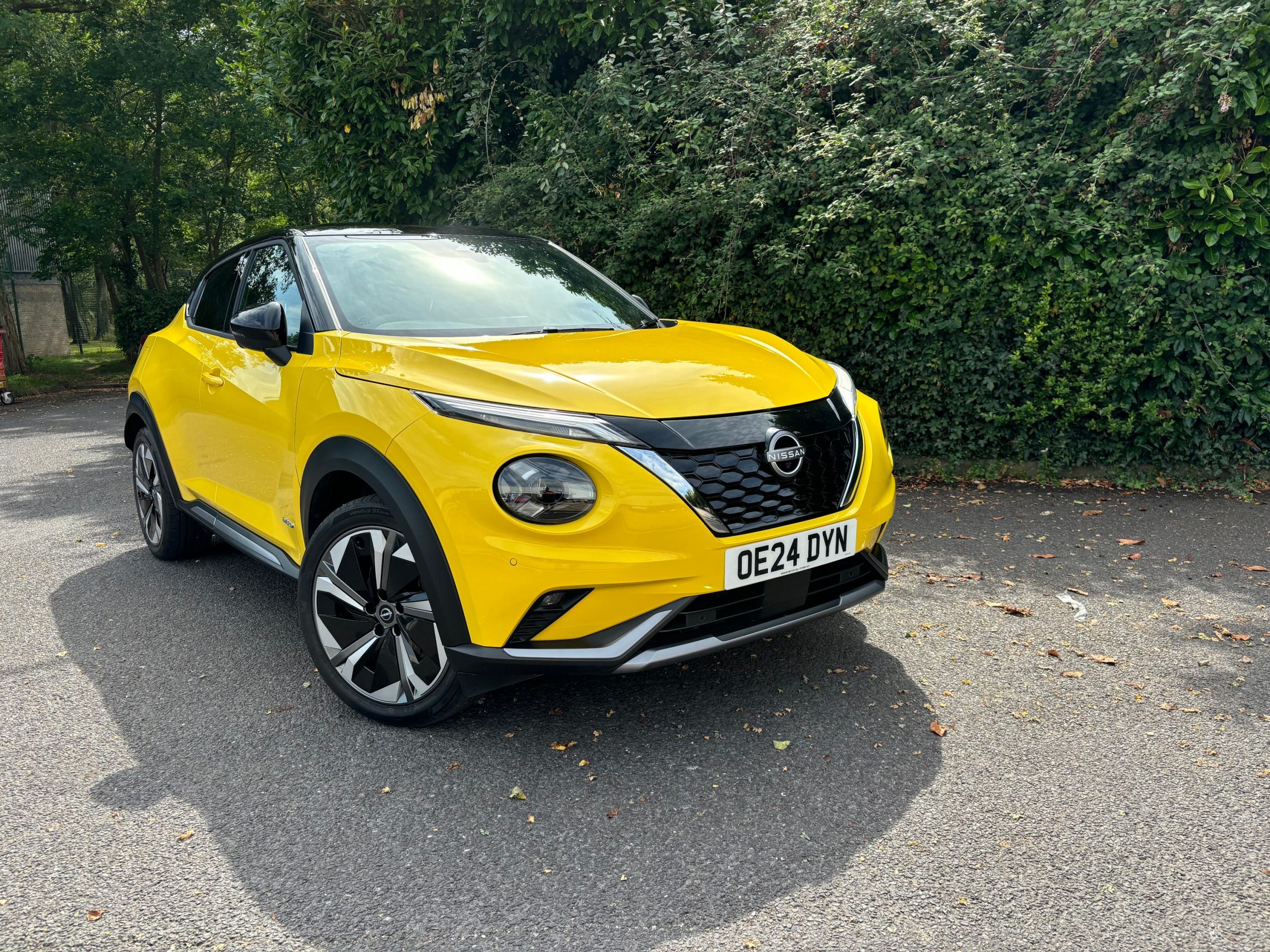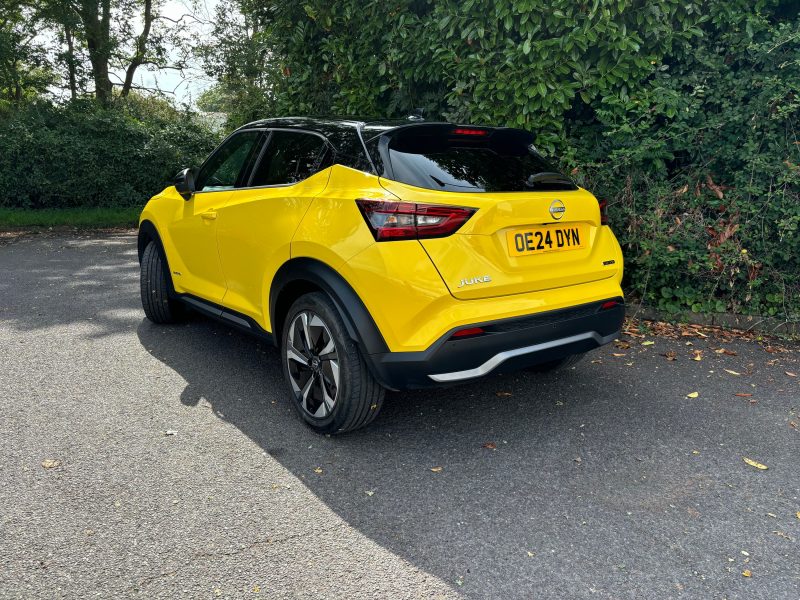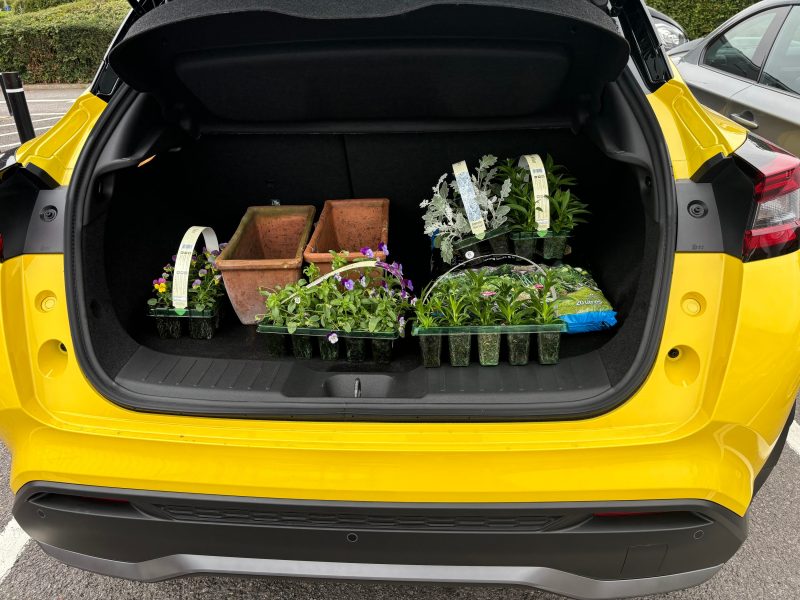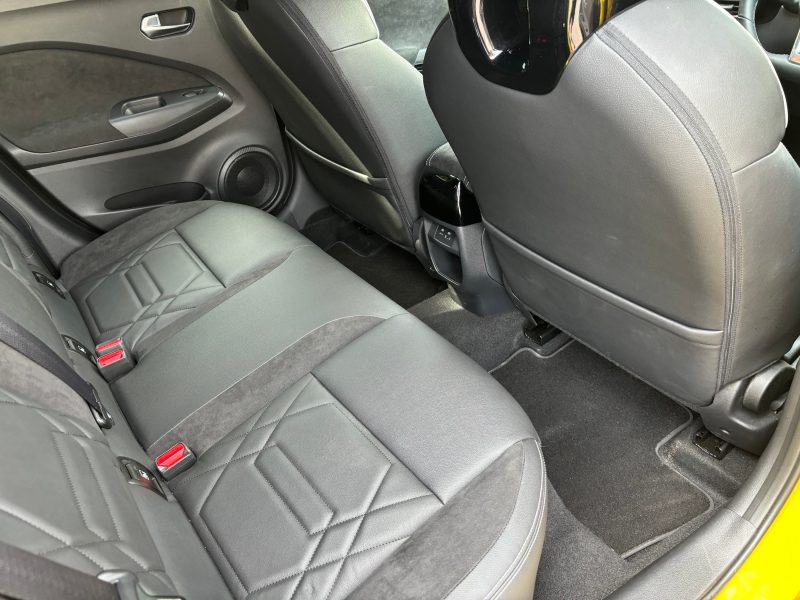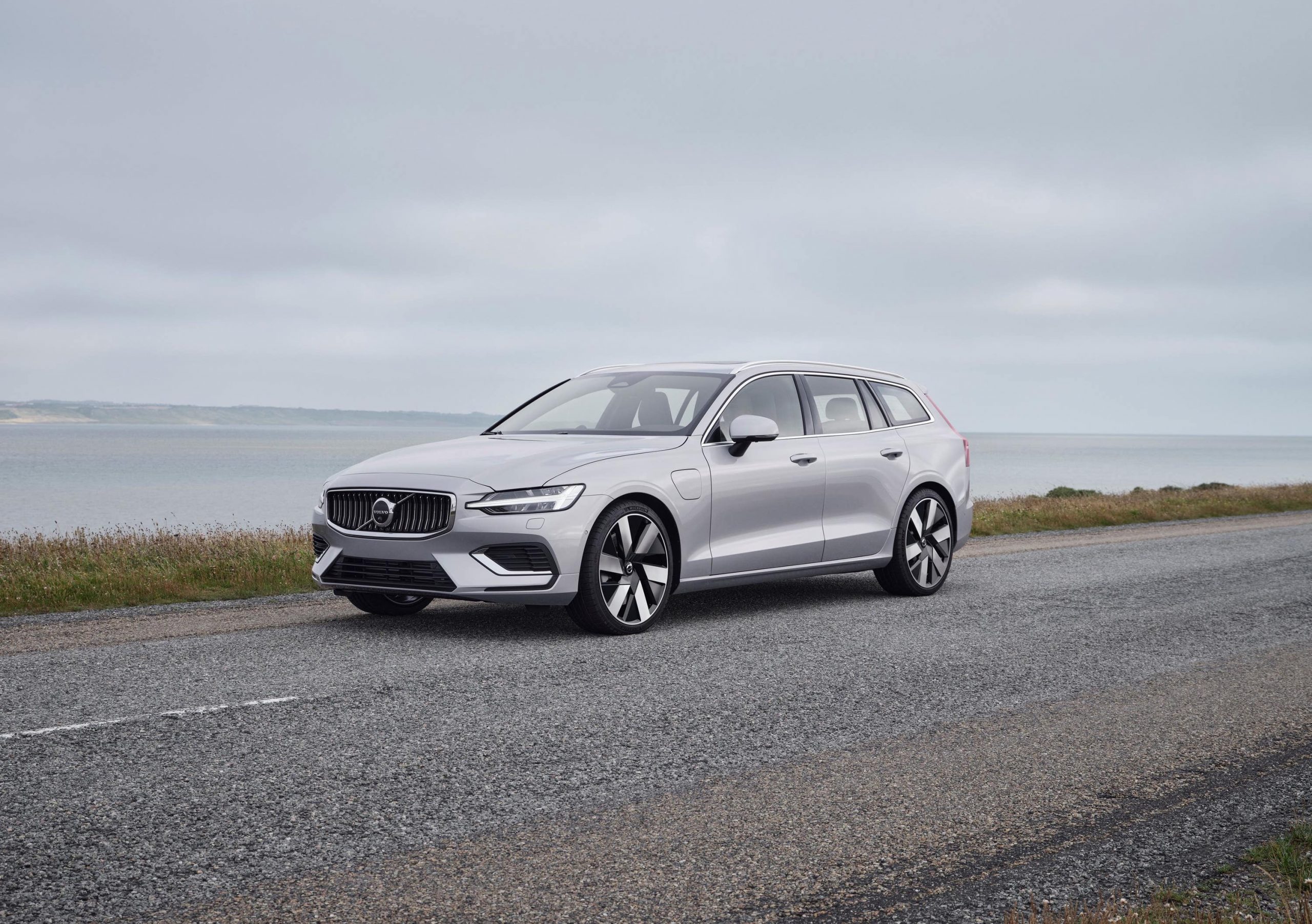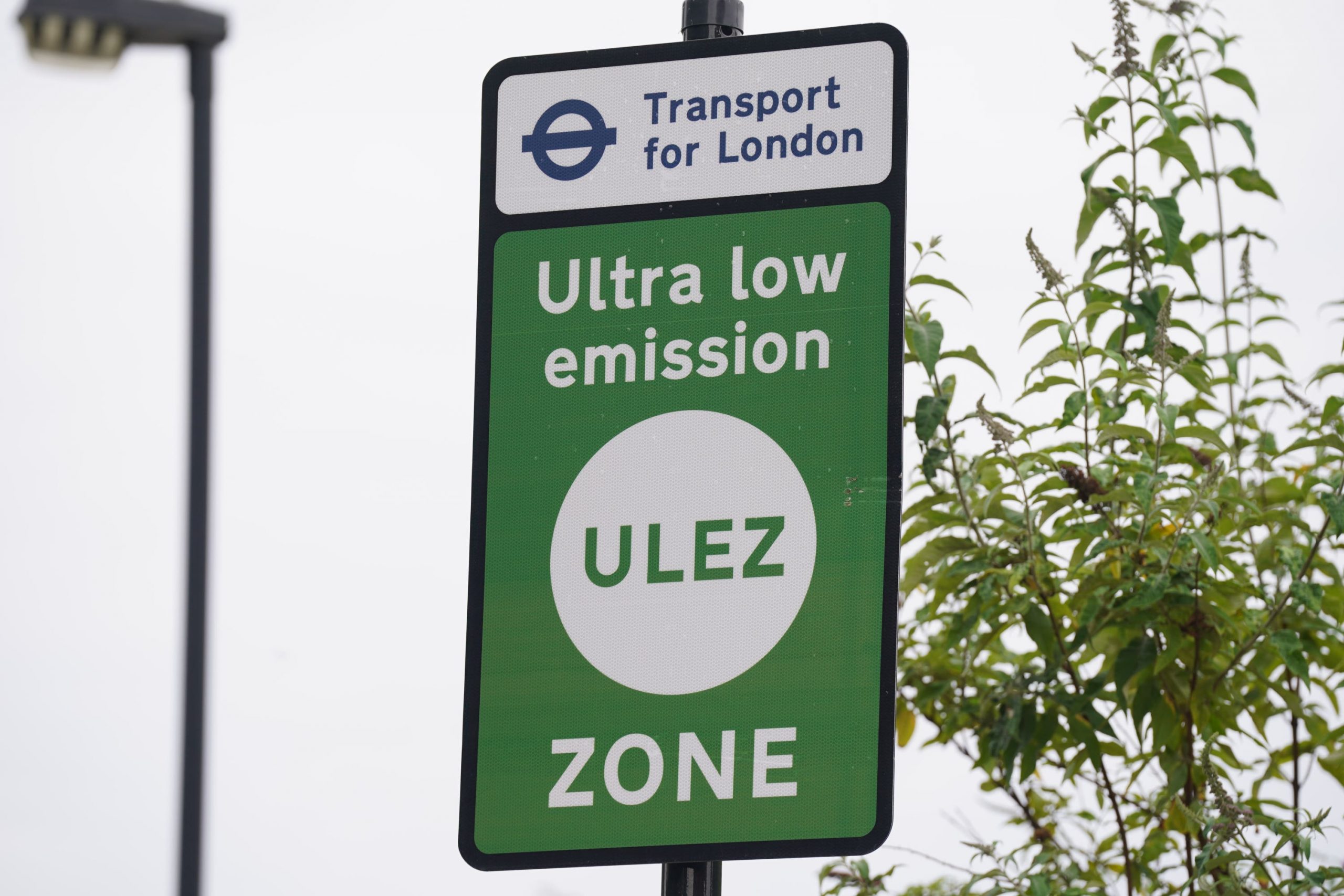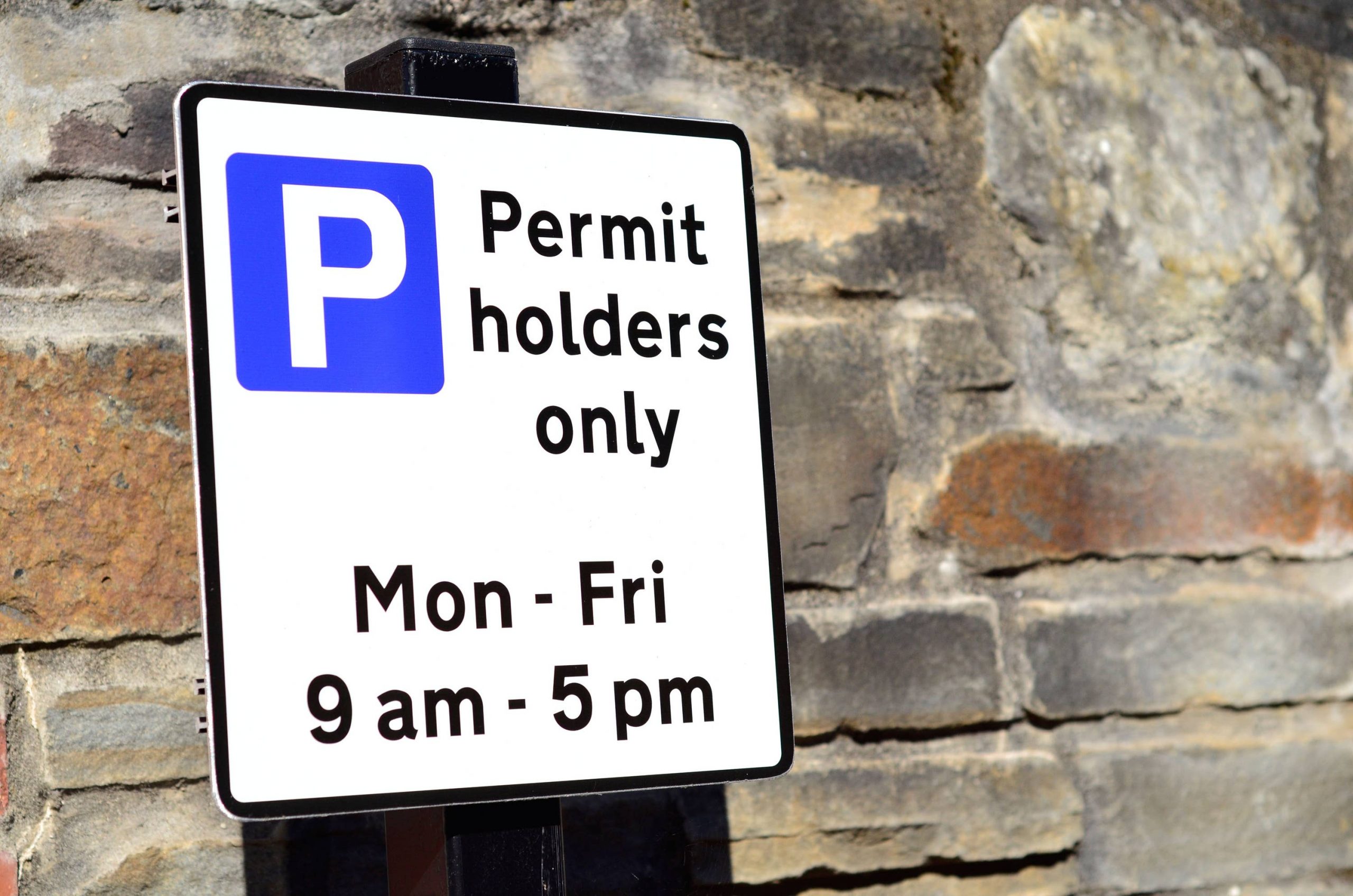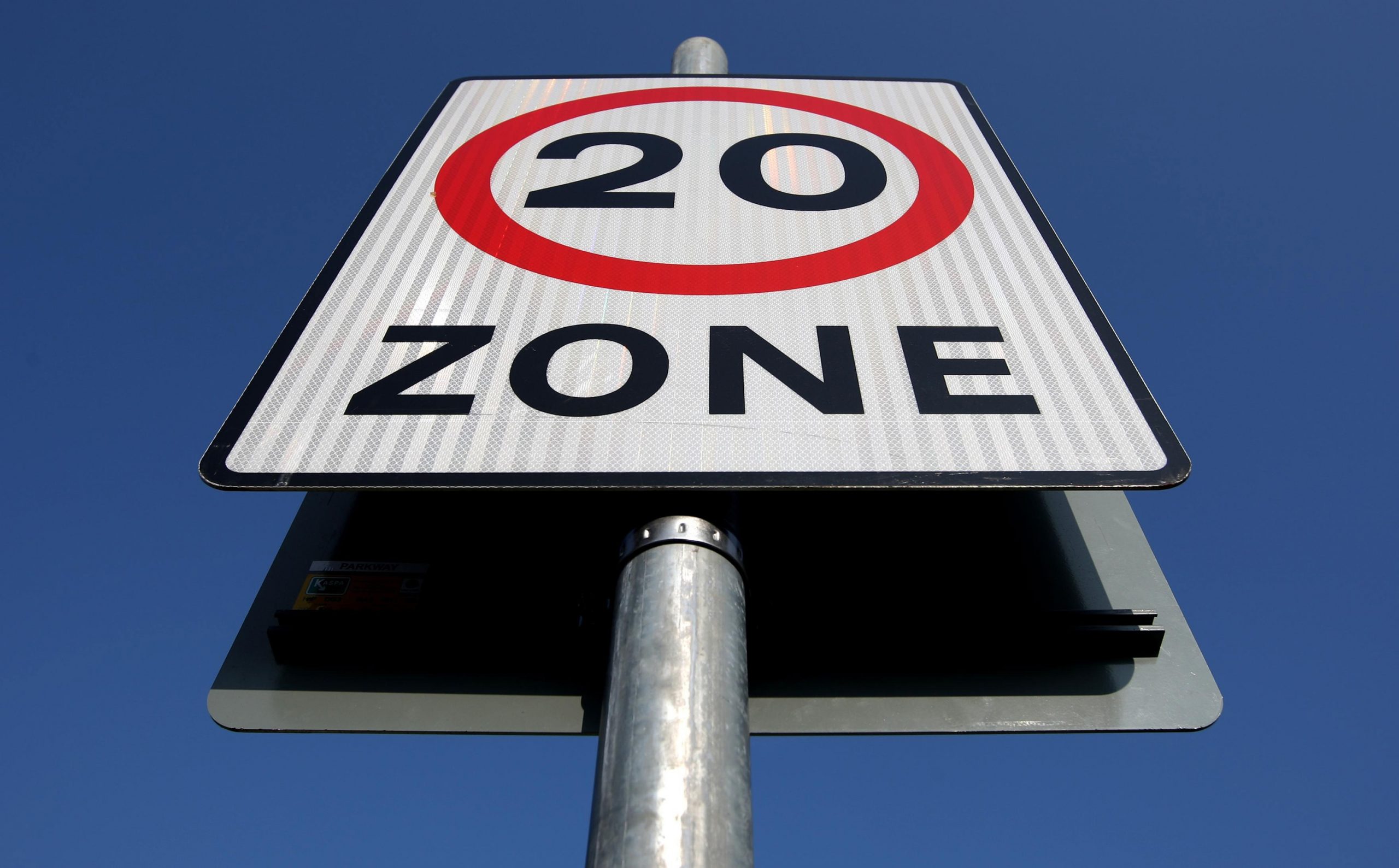It’s already been a few months since the Juke arrived, but how has our time with the car been so far?
The last few months of the year always seem to go quickly – and that’s certainly been the case in 2024, it seems to me. I recently carried out a quick double-check to discover when exactly it was that we took delivery of the eye-catching Nissan Juke we currently have on the fleet – and was surprised to discover that it arrived in mid-August!
It’s safe to say that our time behind the wheel since then has absolutely flown by. I intend that remark to be a compliment to the car – and I also hope that Nissan might allow us to retain custody of OE24DYN for a little while longer.
My reasons for saying that are many. Our Juke is quite simply a wonderful mode of transport. Packed with personality, safety features and technology, it also has genuine road presence, thanks in no small part to its iconic design – and the fact that it’s a fetching shade of yellow!
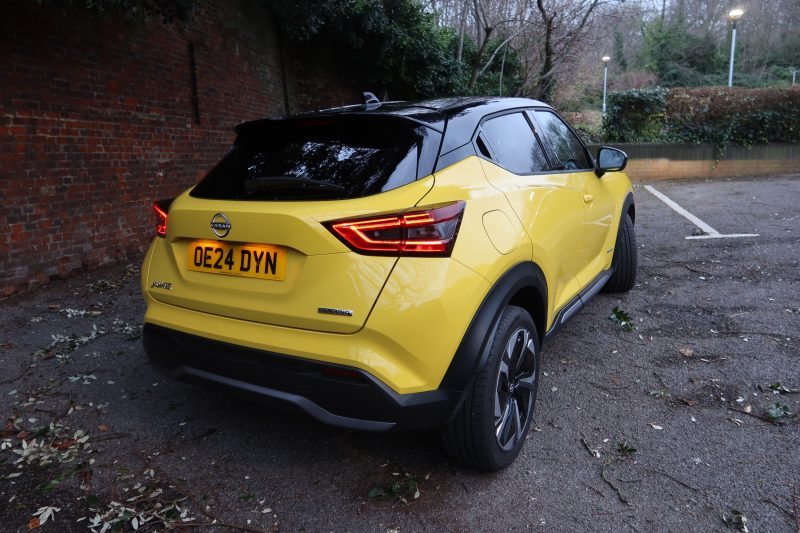
The car has certainly been put through its paces in recent weeks, thanks to pre-Christmas trips to see family and friends in South Wales, London and Gloucestershire. And the one thing that has become apparent whilst travelling with passengers on board, is that Juke life is just so agreeable.
A mid-lifecycle refresh of the car was announced earlier this year with improved interior convenience as a key element of the upgrade with a raft of changes helping to make ‘our’ Juke a little better than before.
Starting from N-Connecta grade, all versions are now equipped with a wireless charging pad which can accommodate some of the largest smartphones out there. In addition, there are both USB-A and USB-C sockets for use by front occupants.
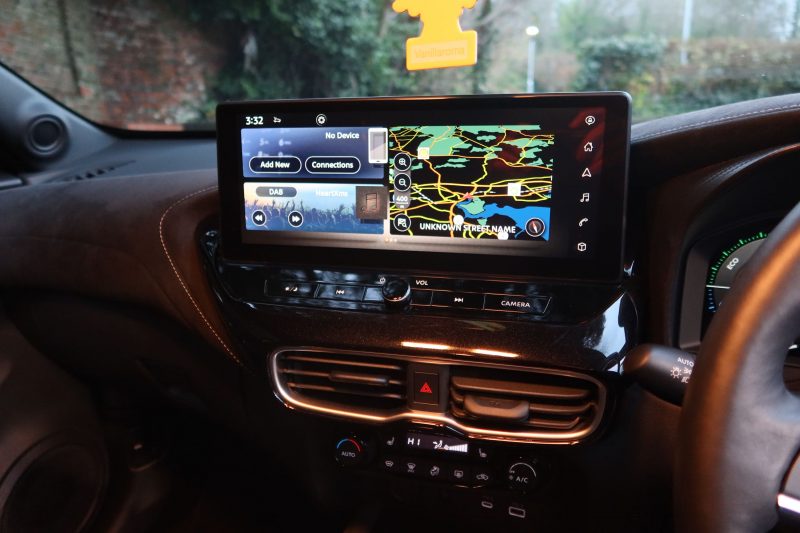
Tech-minded youngsters (or adults) in the rear will also appreciate the inclusion of charging points to ensure their gadgets are fully powered during their journeys. Other updates to the interior of all Juke grades include an enlarged glovebox – it’s almost a third as big again when compared to previous generations of the car.
What’s more, the armrest is now extra supportive, with a clever design that increases the reach without compromising the cupholders. It also lifts to give access to a central storage cubby, as per the previous Juke, but the lid now features a clip which can hold three credit cards.
All grades of Juke are now equipped with an electric handbrake, ensuring maximum space and convenience in the space between the front seats.
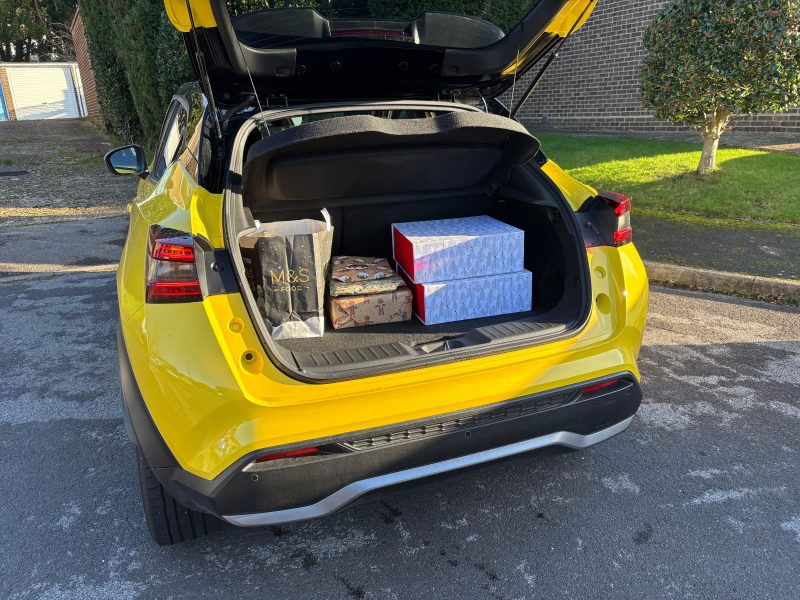
On hybrid versions such as the one we’re driving, the e-Pedal and EV Mode buttons have been relocated for greater ease of use.
That brings me to another key feature of the car – its clever hybrid powertrain system which (for the uninitiated) makes use of both the petrol engine and electric motor to drive the car. The vehicle can rely on either source or combine the strengths of both to deliver the best balance of performance and efficiency at any given moment.
The word ‘hybrid’ isn’t normally associated with an engaging, responsive driving experience but that’s definitely not the case with Juke – quite the opposite in fact. The Juke’s hybrid set-up runs predominantly in electric mode for city driving and delivers an instantaneous reaction to a foot on the throttle when accelerating.
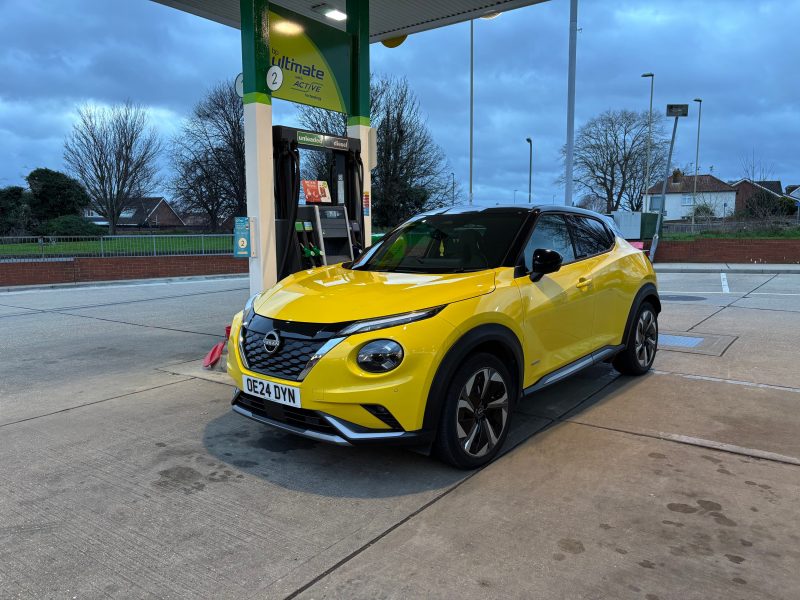
Are there any aspects of life with OE24DYN that are less than satisfactory? Only one springs to mind – relating to the position of a supermarket near my home. The speed limit in the store’s car park is 5mph, but the car’s traffic sign recognition system ‘notices’ it whenever I pass by and tells me I should be travelling at that speed on the neighbouring A-road. Not the biggest issue, but it did confuse me to begin with.
Luckily, I’ll be able to go a little bit more quickly than that when I’m driving home for Christmas…!
Facts at a glance
- Model: Nissan Juke HEV143 Tekna+
- Price (as tested): £31,115
- Engine: Hybrid 143
- Power: 69kW / 5,600rpm
- Torque: 148Nm / 3,600rpm
- Max speed: 103mph
- MPG: 58.8 (combined)
- 0-60mph: 9.9 seconds
- CO2 emissions: 109 g/km
- Mileage: 4,613


